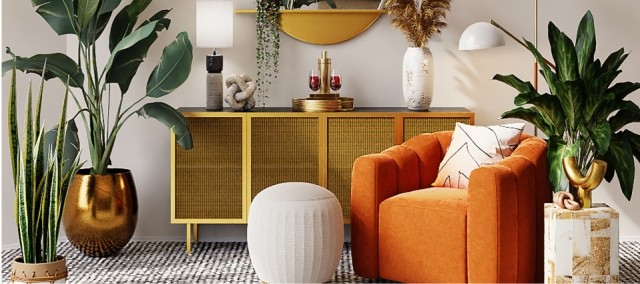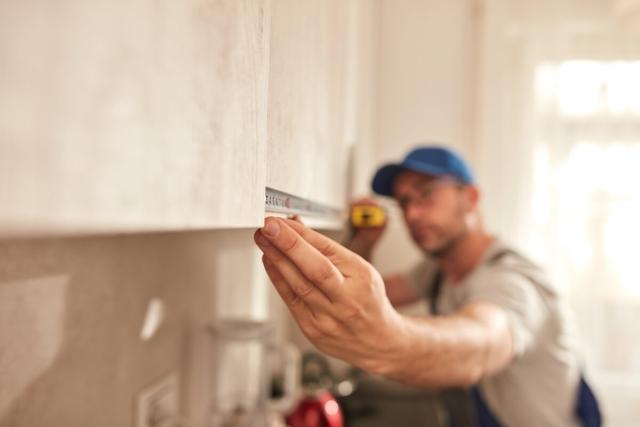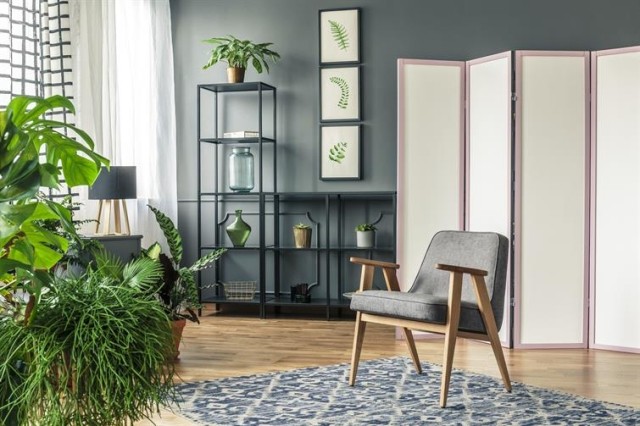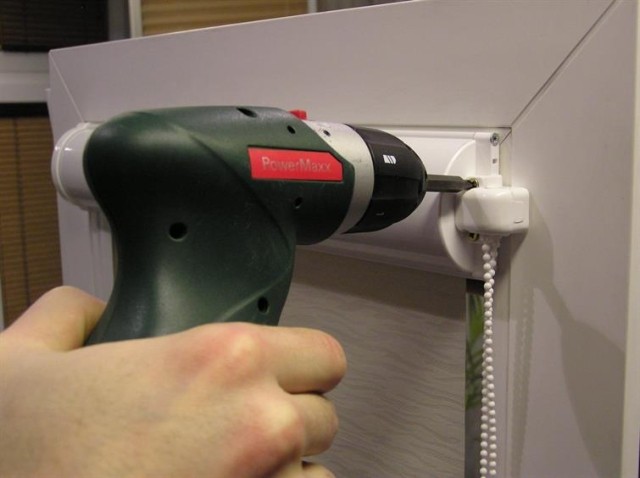Ever have the impulse to redo your apartment? Making property upgrades and renovations can be tricky for renters, but it’s not impossible. With the right resources and clear communication with your landlord, you can customize your space without breaking any rules.
In this apartment renovation guide, we’ll break down the eight major rules to follow when making cosmetic changes to your rental home. From getting landlord approval to setting a proper budget, keep reading to learn the ins and outs of renter-friendly renovations.
Key Takeaways:
- Always check your lease for renovation clauses and secure written landlord approval before making any changes—especially for anything beyond cosmetic updates.
- Focus on high-impact, reversible updates in kitchens and bathrooms, such as cabinet hardware swaps or installing removable shelving.
- Choose renter-friendly materials like peel-and-stick wallpaper, removable flooring, and energy-efficient lighting that can easily be reversed or removed.
- Small-space upgrades—like turning a closet into a mini office or enhancing a patio with seating and lights—can make a big impact without major construction.
- Protect your security deposit by photographing your apartment before and after renovations and keeping detailed records of any approved changes.

Rule 1 – Get the Green Light: Lease and Landlord Approval
Renovating an apartment always starts with reviewing your lease agreement and talking with your landlord. Long before you start picking out paint swatches or flooring panels, review your rental agreement and identify any alteration/renovation clauses. Most lease agreements will permit home alterations with a landlord’s approval. However, make sure to always check for your lease’s unique guidelines.
If your lease permits alterations with landlord approval, your next step is to make your pitch. Consider writing a formal request to your landlord, listing and describing the renovations you’d like to make, along with a timeline of completion. Make sure to also include any supporting documents or evidence, such as pictures or invoices, that may justify your request. Use the following example to write your property improvement request:
Dear [Landlord],
I am writing to request approval for modifications to my rental property located at [Address]. During my tenancy, I have identified several areas for improvement that I believe would enhance the property.
I have outlined my requests below:
- [Bulleted list of changes with descriptions and accompanying photographs]
I believe these improvements would significantly enhance the property's appearance and functionality.
Thank you for reviewing my requests. Please contact me if you require further information or clarification. I look forward to your response.
Sincerely,
[Your Name]

Rule 2 – Plan Your Budget and Timeline
The next step involves planning a budget and timeline. What renovations do you want to make? Will you need to hire professionals? How much will those services cost, and how long will they take? These are all questions you must ask yourself when renovating an apartment, particularly one that you may only be renting for a limited amount of time.
If you see yourself only living in your apartment for a couple more lease cycles, determine whether renovations are worth the investment. After all, you don’t own the property, so any major improvements made will have limited return on investment. However, if you’re looking to make minor tweaks like switching out a chandelier or painting a wall, it may be worth the effort to make your living space more enjoyable while you still reside there.
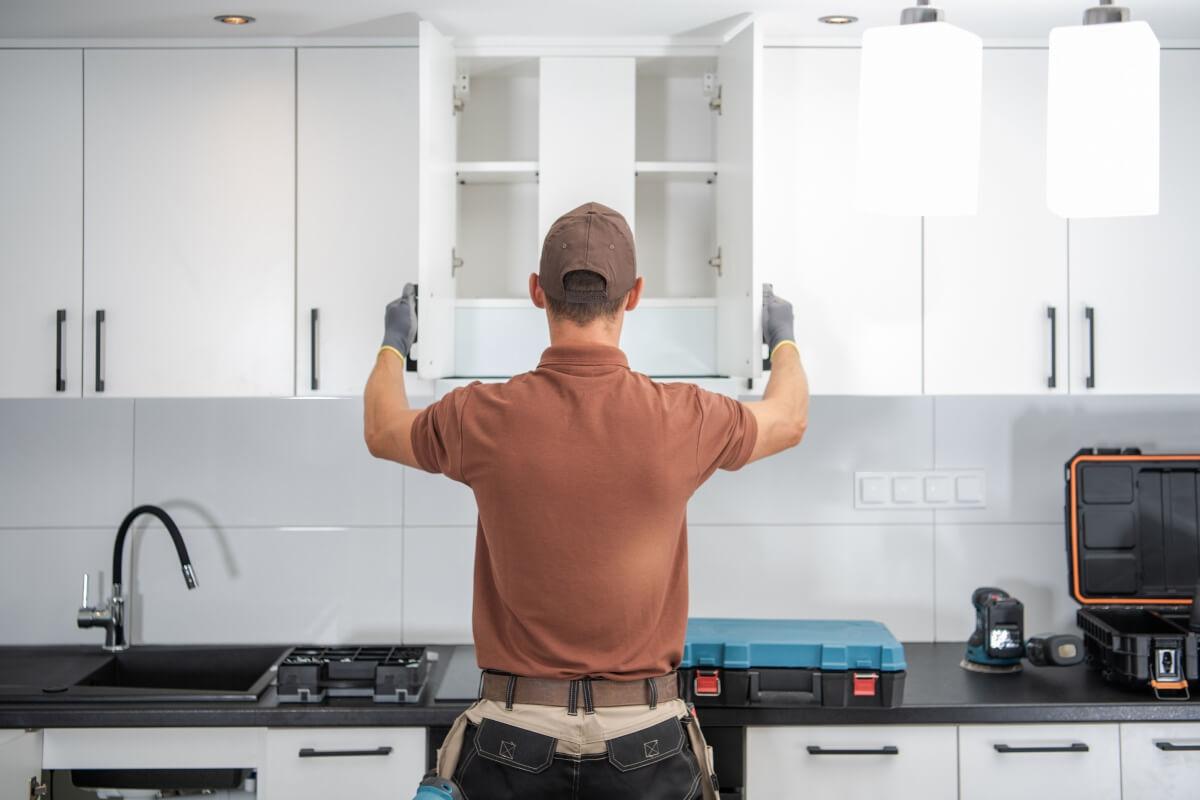
Rule 3 – Focus on High-Impact Rooms (Kitchen and Bathroom)
The kitchen is the heart of a home, whether it’s a multi-story estate or a compact, studio apartment. If your kitchen is outdated, poorly designed, or just simply doesn’t match your style, it can cause a huge disconnect between you and your space.
If your apartment doesn’t feel quite like home, chances are it's your kitchen or bathroom that’s the problem. In this case, consider making cosmetic changes like replacing cabinet hardware or repainting cupboards. For bathrooms, small tweaks like installing above-the-toilet shelves or replacing a showerhead can make a big difference in functionality and aesthetics.
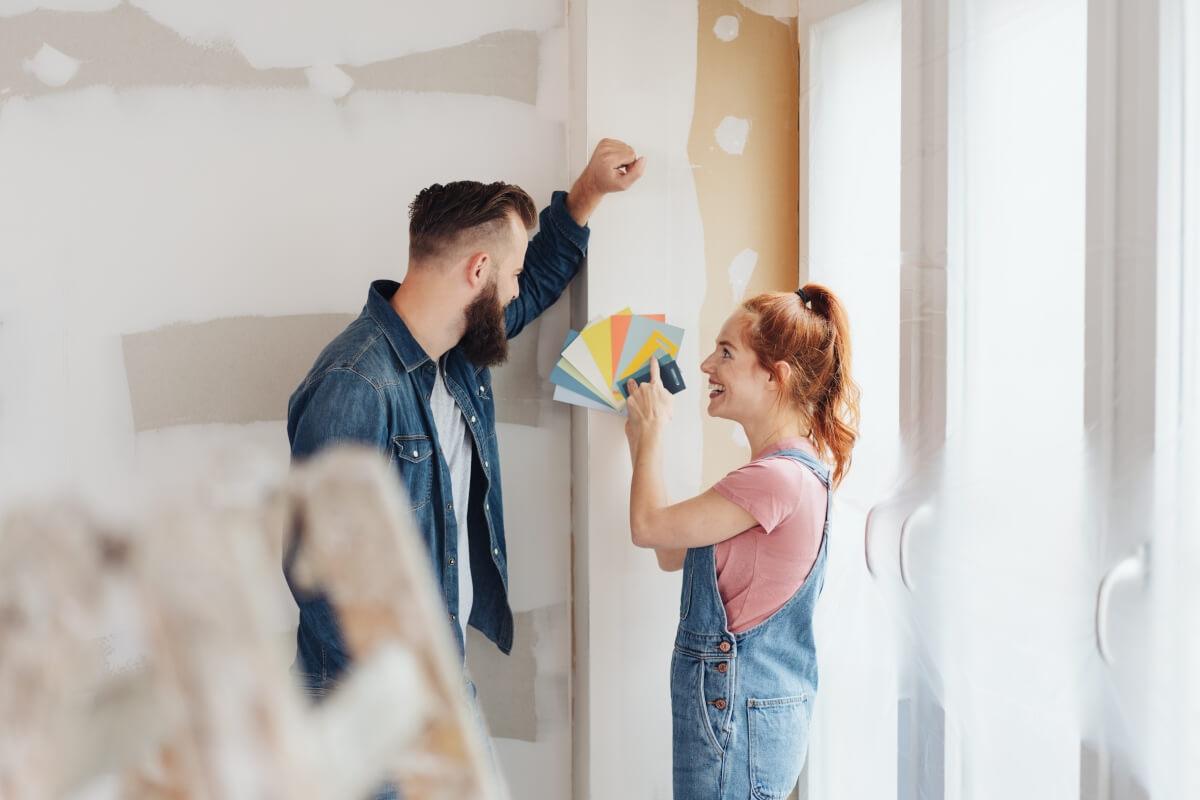
Rule 4 – Upgrade Flooring, Walls, and Lighting
Flooring, walls, and lighting are also key when making a space feel uniquely yours. Perhaps you love colorful wallpaper that reflects your personal style or hardwood floors that combat your occasional coffee spills. Whatever it may be, upgrading these features can significantly improve the overall feel of your apartment.
Extensive floor upgrades will likely require consultation from your landlord. If not given the green light, consider temporary fixes like removable vinyl planks or area rugs. You can also do this with walls, as removable wallpaper is a great solution for renters. For lighting, consider investing in accent pieces like lamps or string lights if your lease prohibits major upgrades.
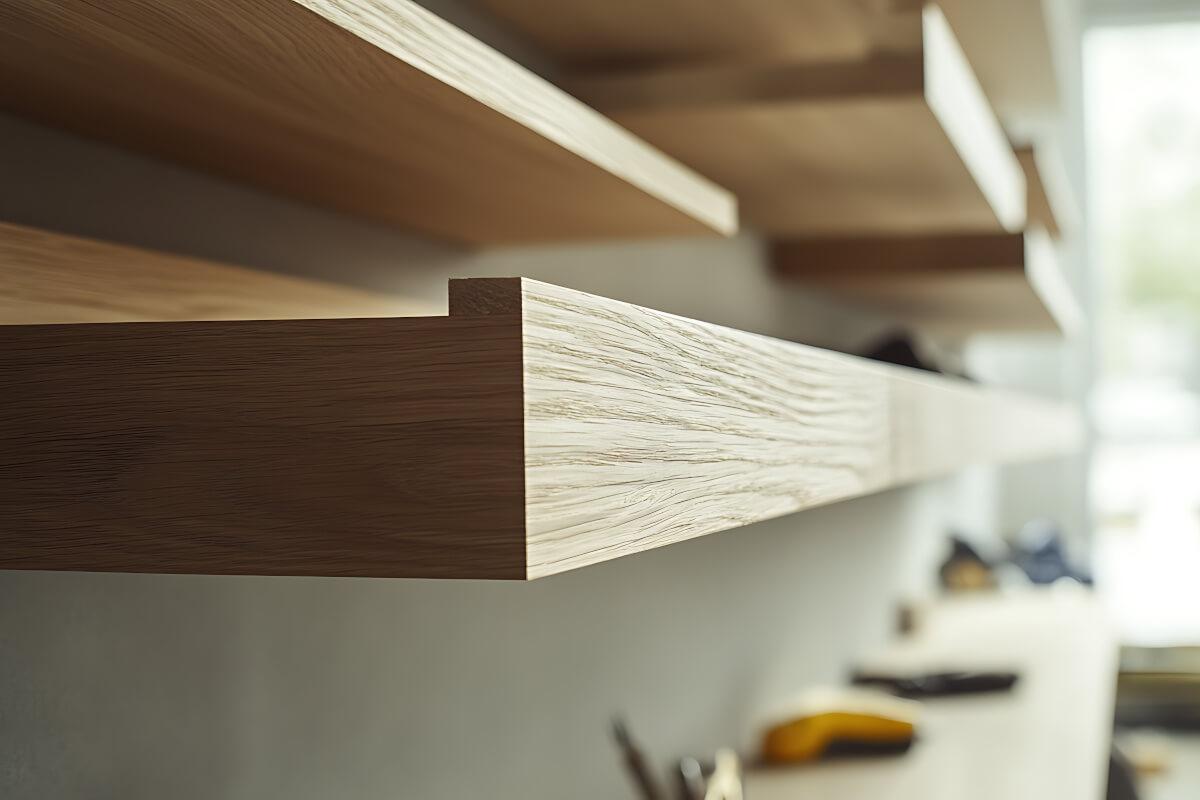
Rule 5 – Maximize Space and Multi-use Rooms
Are there rooms in your apartment that you barely use? Perhaps a home office, guest room, or patio space? If you’re under-utilizing certain parts of your apartment, consider making some upgrades! For example, a guest room can double as a home office by creating a “cloffice” out of an empty closet. Or transform your patio into the ultimate entertaining space by adding comfortable seating and ambient lights. These tweaks are simple and typically require minimal to no construction, making them perfect for renters.
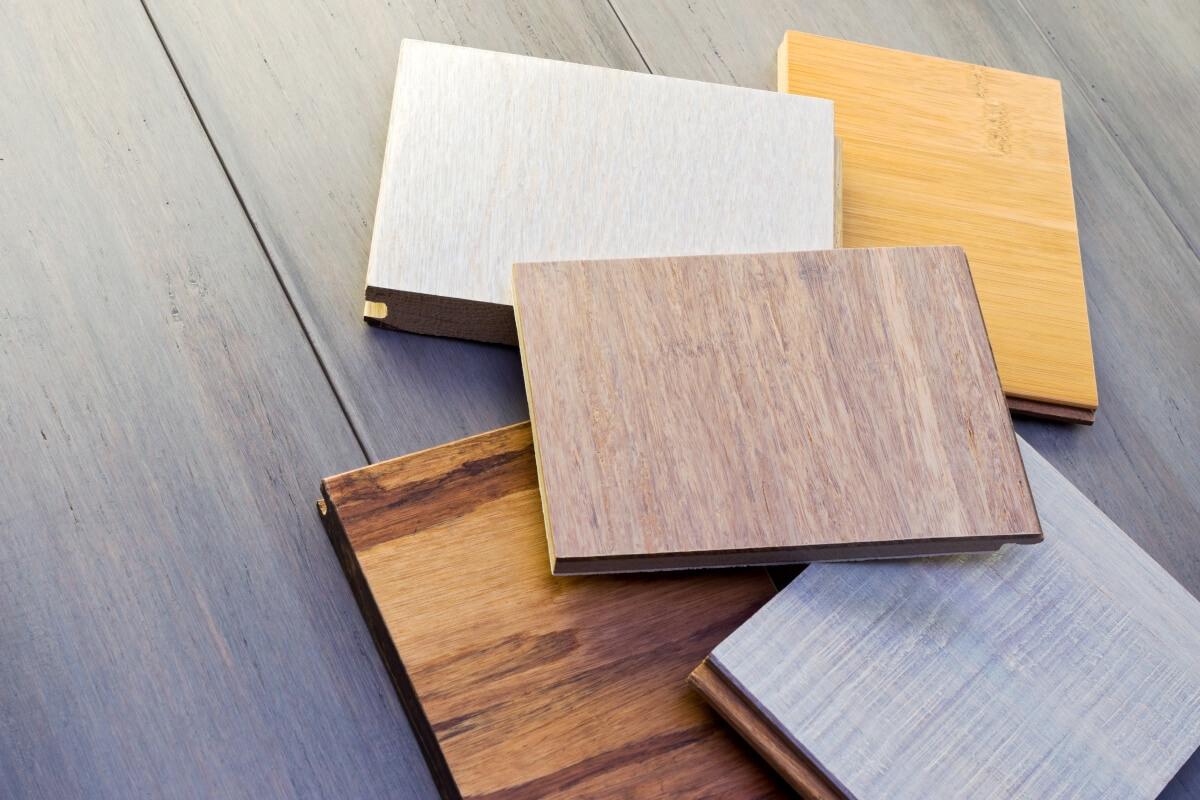
Rule 6 – Choose Smart, Durable and Sustainable Materials
Be mindful of the materials you choose when renovating an apartment. For renters especially, it’s important to opt for materials that are durable, sustainable, and non-damaging. This means choosing renter-friendly finishes that look great but are also reversible, such as temporary backsplashes or stick-on wallpaper. It also means choosing eco-friendly improvements that could save on utility costs, like energy-efficient lighting bulbs and low-flow showerheads.
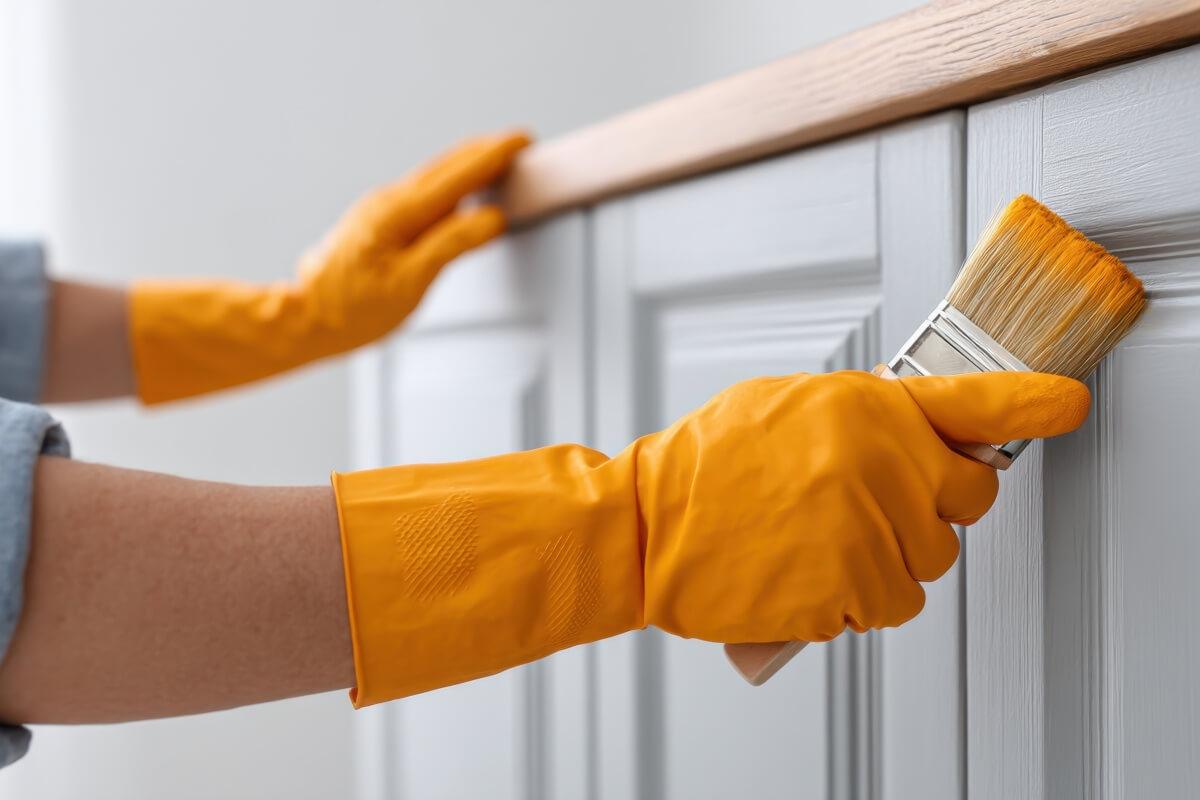
Rule 7 – DIY vs Hiring Pros: What You Should Do Yourself
One of the best renter renovation tips is to know your limits when it comes to DIY home projects. While some improvements are simple and safe to do on your own, others may require professional expertise. It’s important to know when to enlist help and when you can tackle a project yourself.
It’s best to hire a contractor when dealing with anything related to appliances, electrical work, etc. However, for aesthetic changes, such as installing floating shelves, painting walls, or switching out light fixtures, consider doing it yourself to save money and time. Just make sure to do the required prep beforehand to avoid any property damage or mishaps.
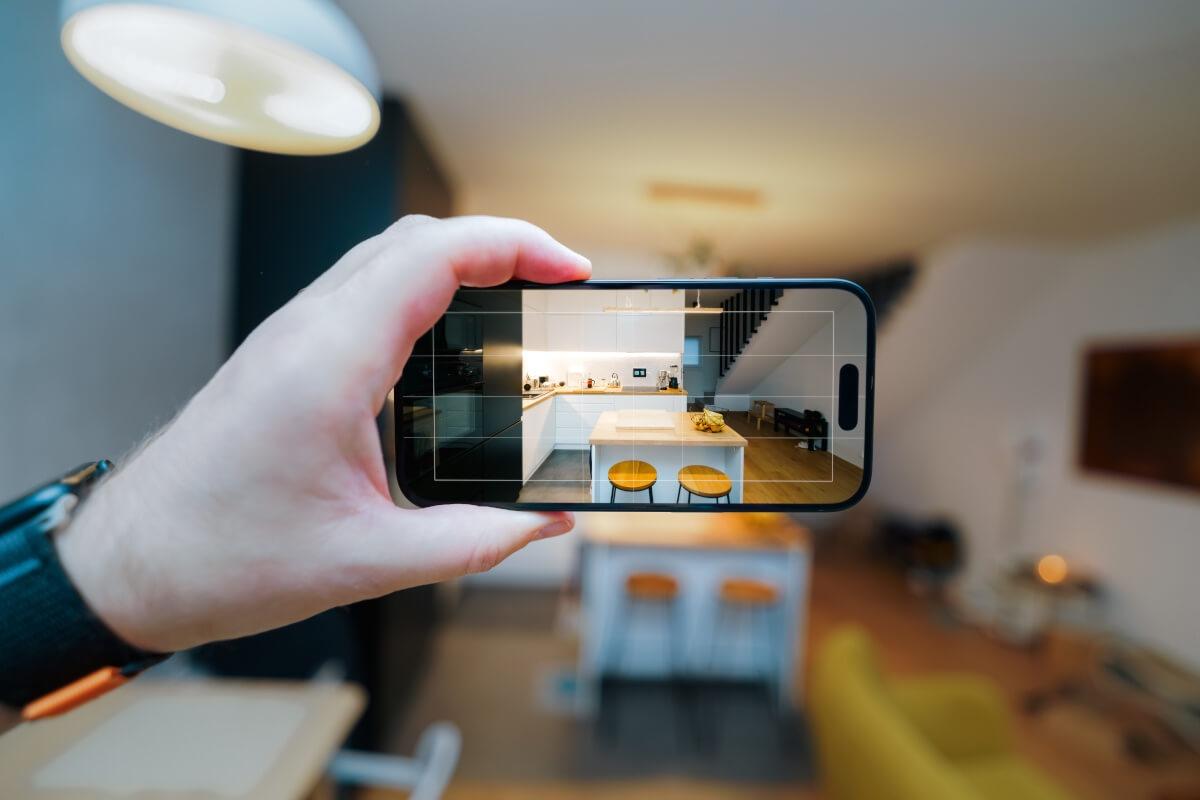
Rule 8 – Protect Your Deposit and Document Everything
To conclude our apartment renovation guide, we cannot stress enough the importance of protecting your security deposit and documenting everything. Before starting any renovation project, take photos of every room in its current state, including any existing damage or wear and tear. This serves as proof in case your landlord tries to blame you for any damages caused by the renovation.
Ace Apartment Living with Apartments.com
Need help making your apartment feel like home? Become an apartment expert with Apartments.com! Whether you’re considering making big apartment renovations or just some simple DIY projects, we’re here to help you every step of the way. Visit our blog for more resources on renter-friendly renovations and other aspects of apartment living.
This article was originally published on February 2, 2016.
FAQs
Can I renovate my apartment if I’m renting?
Yes, but you’ll need your landlord’s approval for most major changes. Always check your lease agreement to see what’s allowed before starting any renovations.
What renovations can I do without landlord approval?
You can usually make temporary or non-permanent changes like adding peel-and-stick wallpaper, swapping light fixtures, or upgrading cabinet handles. Just make sure they’re reversible when you move out.
How can I make my apartment feel renovated without spending a lot?
Focus on small, affordable upgrades like new curtains, rugs, or wall art. Adding plants or rearranging furniture can also make a big impact without breaking the bank.
Will renovating affect my security deposit?
Yes, if the changes cause damage or are not reversed before you move out. To avoid losing your deposit, stick to non-permanent updates or get written approval for any major changes.
